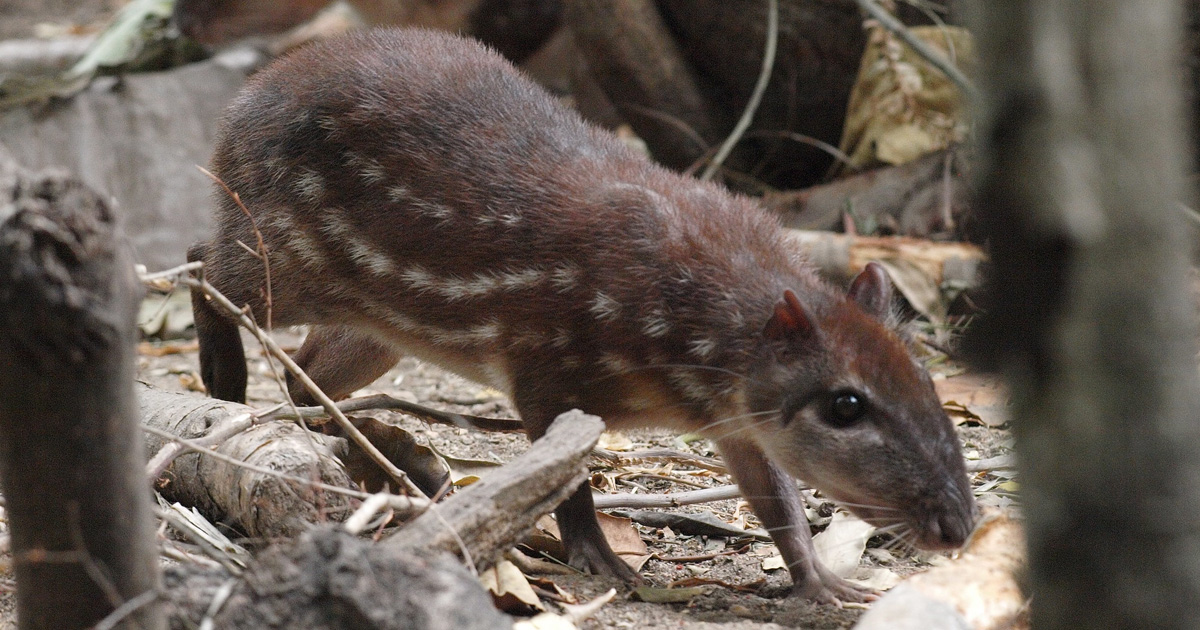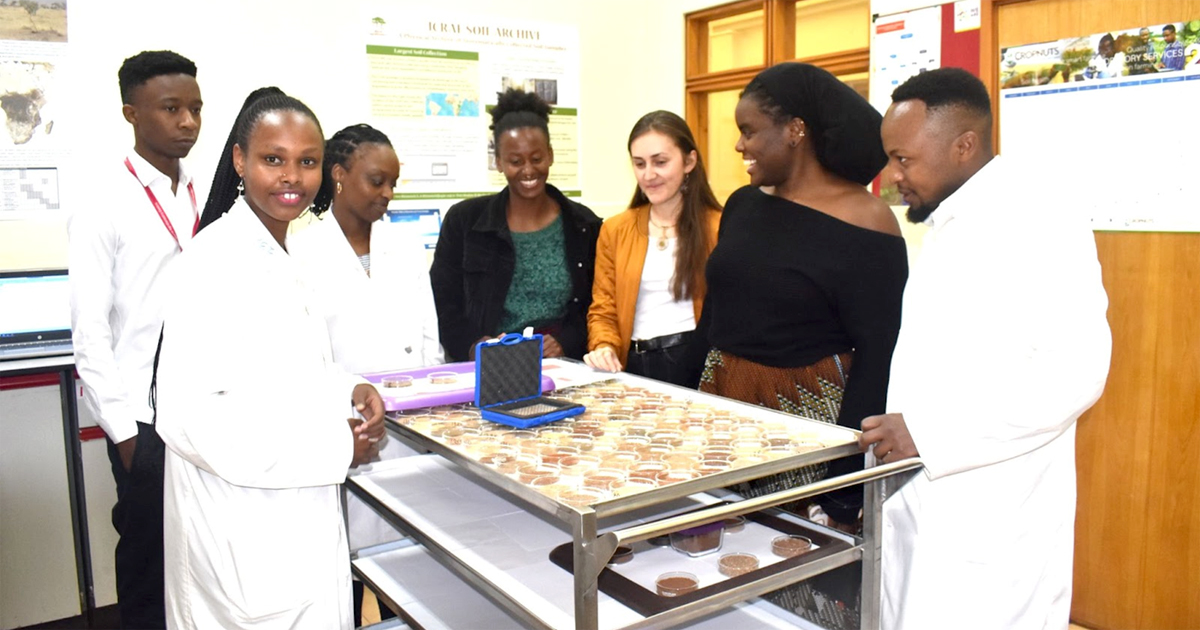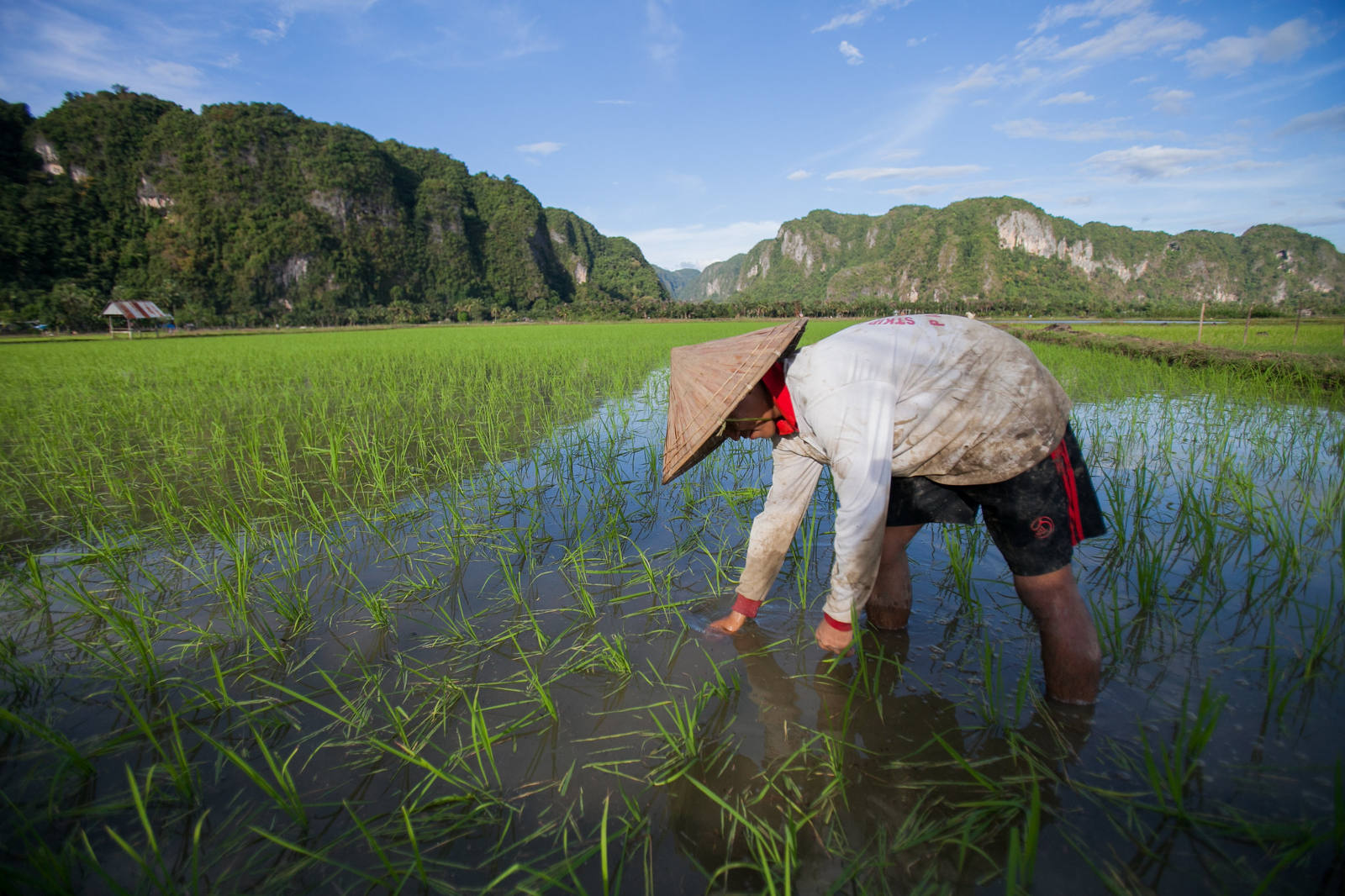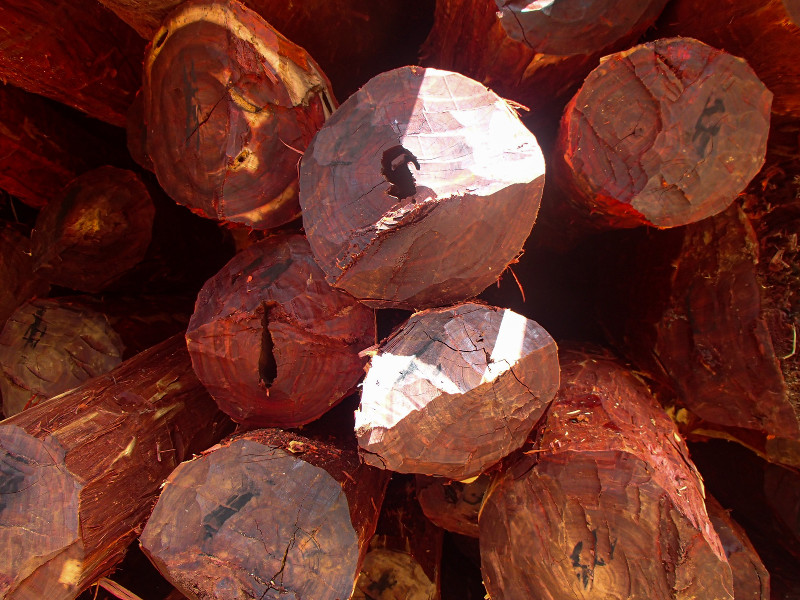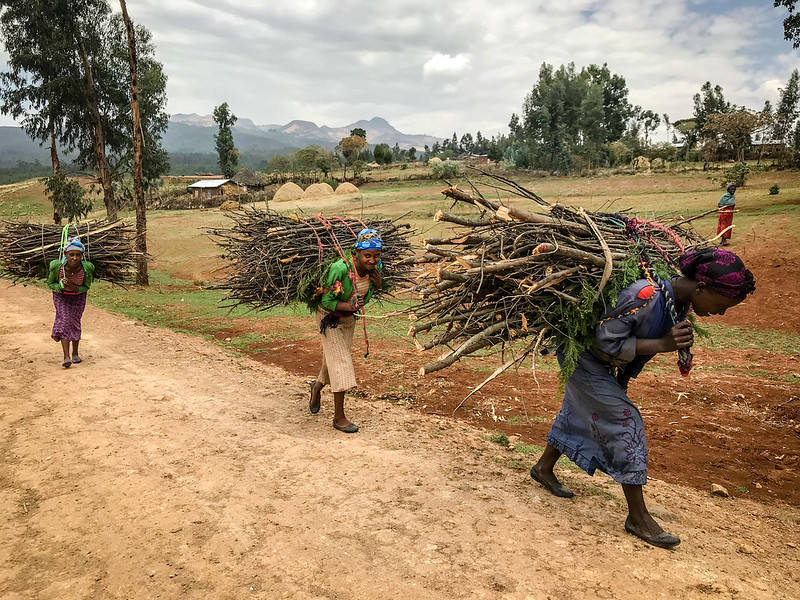Background: The most limiting factors for sustainable maize production in smallholder farming systems of sub-Saharan Africa, especially the savanna agro-ecological zone, are erratic rainfall pattern and low soil fertility. Methods: Research was conducted with smallholder farmers in 2013 and 2014 in two communities in the Upper West Region of Ghana to evaluate the effects of NPK mineral fertilizer (64-38-38 kg ha-1 N-P2O5-K2O, respectively) on growth and yield of maize at Bompari, and 375 kg ha-1 of YaraLegume™ fertilizer (0-18-13 NPK + 3 CaO + 2 MgO + 4 S) on growth and yield of soybean at Doggoh, under no-tillage (using pre-plant application of glyphosate) and conventional tillage (using hand hoe). Results: Mean grain yields of both maize and soybean were higher in 2014 than 2013. In both years, no-tillage and conventional tillage had similar effect on soybean plant height, pods per plant and aboveground dry matter production. Averaging over fertilizer treatment, grain yield of no-tillage soybean was 51% higher when compared with tilled soybean in 2014 only. Mean grain yield of no-tillage maize was 68% higher than that of tilled maize in 2013 only. Regardless of tillage method, fertilizer application significantly increased maize and soybean grain yields. Application of fertilizer to soybean resulted in 59% (193 kg ha-1) and 54% (474 kg ha-1) increase in grain yields in 2013 and 2014, respectively, over no fertilizer treatment. Mean grain yield of maize was 140 and 252% higher with fertilizer treatment in 2013 and 2014, respectively. No-till system showed cost savings due to reduced labour mainly for weed control. Conclusion: The results of these studies showed that no-tillage with fertilizer, whether for maize or soybean, generally resulted in the highest grain yields. No-tillage also gave the highest economic returns. Farmers can get better returns to the money invested in herbicide for producing maize and soybean under no-till than with their traditional practice even on degraded savanna soils with low levels of plant available nutrients. © 2017 The Author(s).
DOI:
https://doi.org/10.1186/s40066-017-0094-8
Altmetric score:
Dimensions Citation Count:








